In a word, wow!
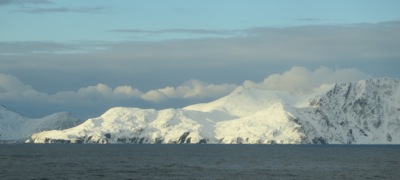
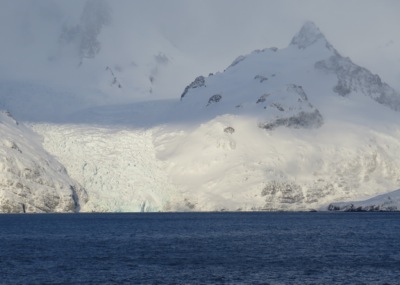
Today started with a glorious view of South Georgia. The sun was
shining, the sea fairly calm, and the science party a go for GPSA Global Positioning System (GPS) is a satellite-based navigation system used to track the location or position of objects on the Earth’s surface..
Decisions were made, the zodiac was loaded, and by 6:30 am the science
party was: two marine techs from the vessel and four scientists.
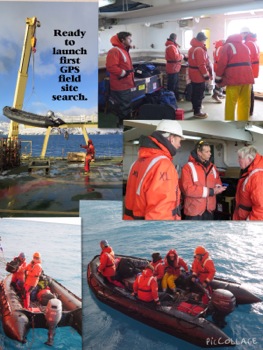
Similar to explorers from the past, this was a scouting party: their goal to find an ideal location for the southeastern most GPSA Global Positioning System (GPS) is a satellite-based navigation system used to track the location or position of objects on the Earth’s surface.. An hour and a half later the intrepid adventures returned, sadly with no location. The rock face on the island was too steep and too difficult to reach by a small rubber boat, the sea swell and wind off the glacier made landing too dangerous. As a reminder, we are scouting locations to set up a GPSA Global Positioning System (GPS) is a satellite-based navigation system used to track the location or position of objects on the Earth’s surface. station to record minute changes in the movement of the South Georgia micro continent.
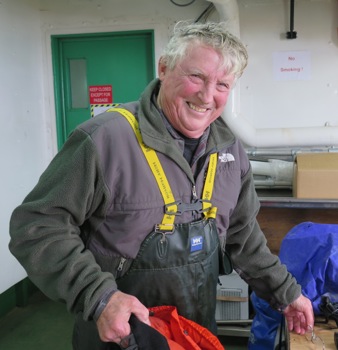
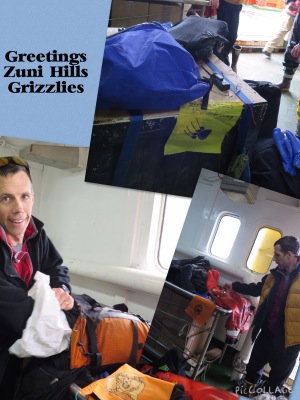
With the GPSA Global Positioning System (GPS) is a satellite-based navigation system used to track the location or position of objects on the Earth’s surface. put on hold for another day, we have left the island, heading offshore to at least one thousand meters before we can start the seismic. As with all science there is a great deal of preparation: electronically, inside the Palmer with computer programs designed to collect, interpret, and then decode the data, so that the scientists can see the sea floor. There are also deck preparations: both the streamer and the air gun umbilical (source).
Air Gun Umbilical
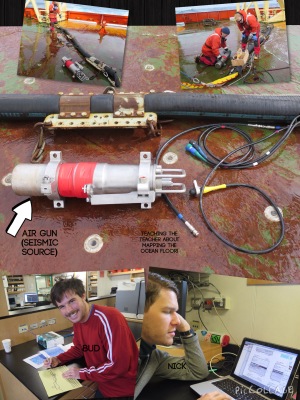
Let’s start with the source, the air gun umbilical. This piece of the equipment generates the sound wave, with high pressure compressed air in the umbilical. The “guns” literally shoot a ball of compressed air, which in turn displaces water moving towards the ocean floor. Once hitting the ocean floor, this pressure wave then heads back to the ocean surface. The time it takes for this wave to hit the ocean floor and return (documented by the streamer) is the data the scientists are looking for. Once the raw numbers are placed in differing computer programs, the scientists end up with a map of the ocean floor.
Streamer
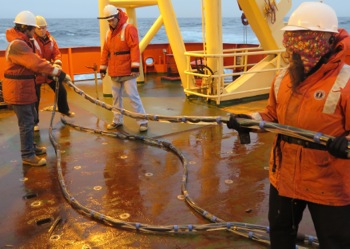
The streamer is similar to a long hose, and inside this hose are 72 hydrophones (in groups of three called channels). A hydrophone is an underwater microphone that we will be using as a receiver of the pressure wave after it has bounced off the ocean floor (the ship's ear). Each of the 24 channels (three hydrophones each) is designed to get an independent signal for better data definition. In simple terms, each hydrophone is designed to hear the sound wave after it bounces back to the ocean surface.
Both the streamer and air gun seismic run in parallel lines in the water off the rear (aft) deck of the vessel. The air gun seismic will play out to about 50 meters and then the streamer and its receivers (channels) will trail after. Again, I give thanks to Bud who is our resident artist, in helping me to understand the intricacies of seismic survey geometry.
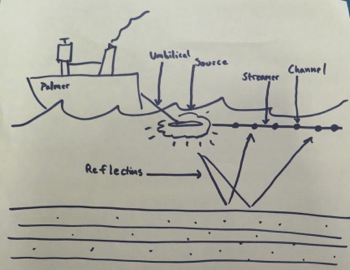
Sadly, after all the preparation for running the seismic, the seas picked up and operations were cancelled. The weather has been our nemesis, and today the wind gods won. There were however moments of calm, times when work was accomplished and great feelings of satisfaction ensued.
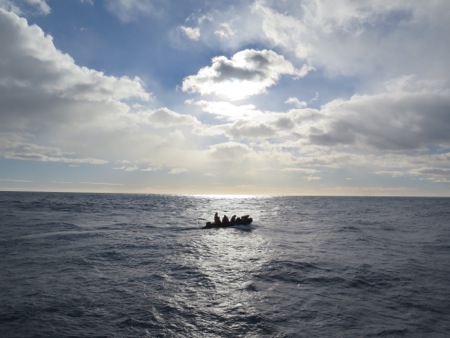
See everyone tomorrow for another adventure on the high seas… literally.


Comments